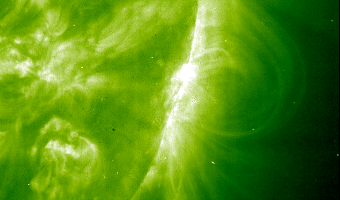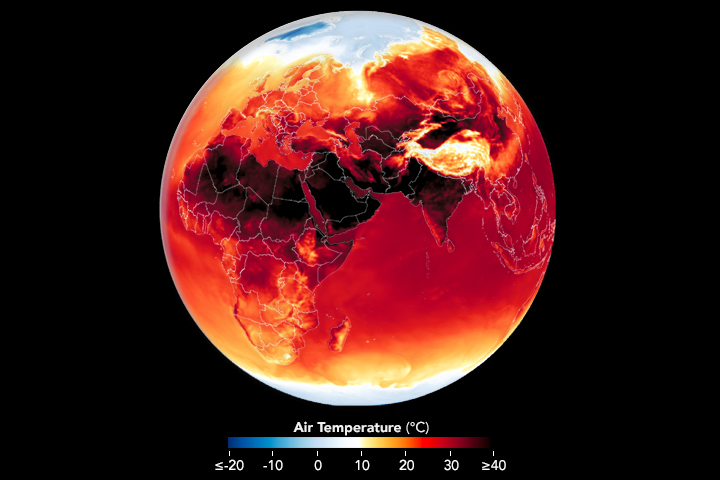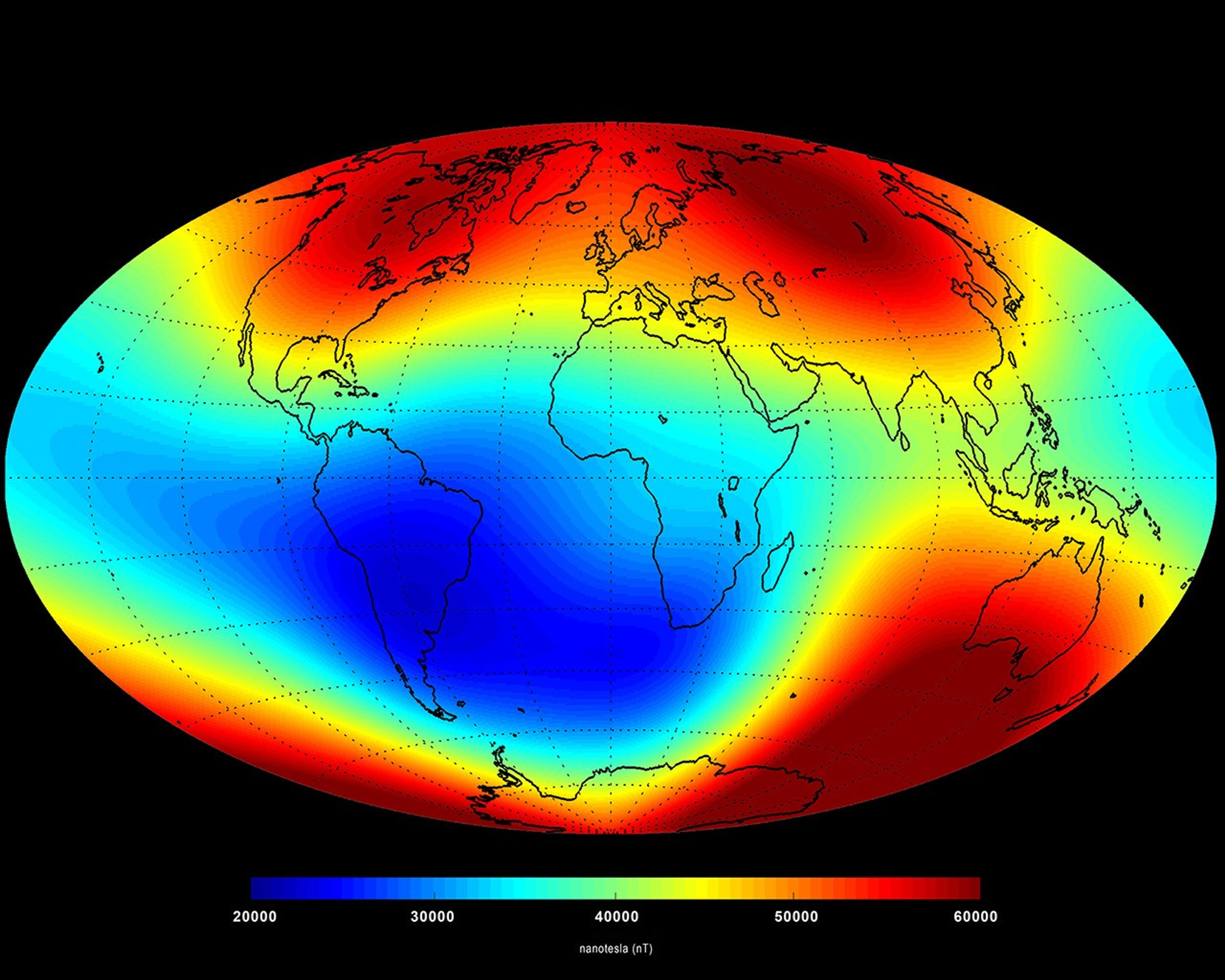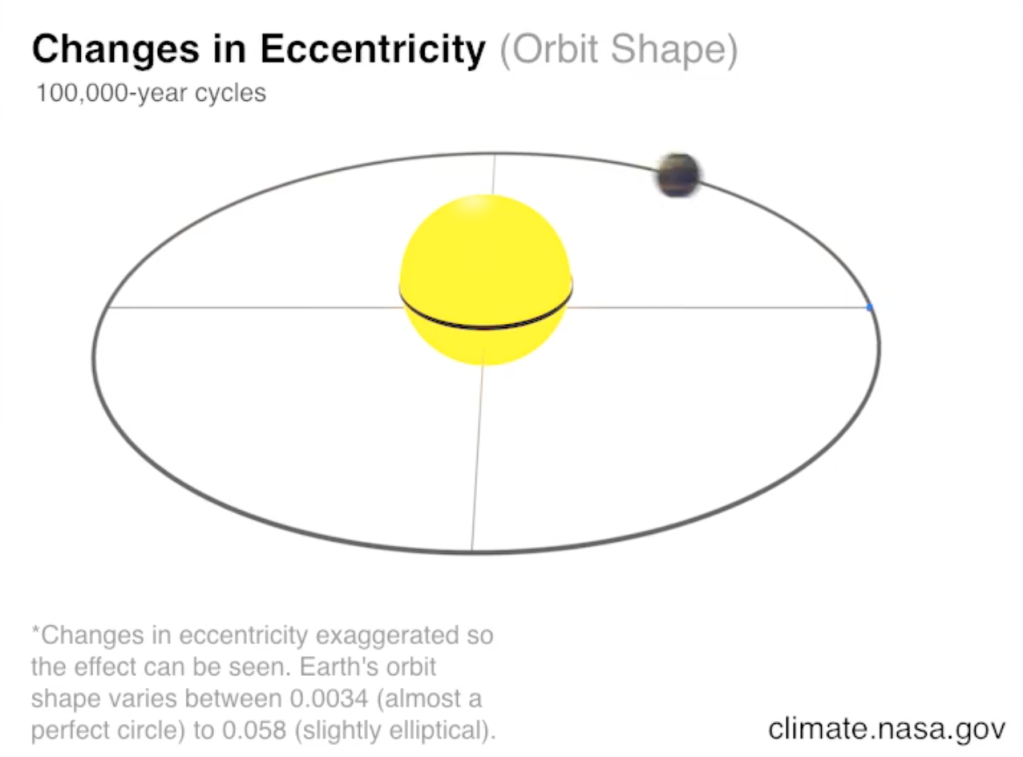Advanced Guiding Question
How does the changing shape of the Earth's orbit over hundreds of thousands of years cause climate change?
Big Idea 1.3
Educator Background
-
The orbits of the planets around the Sun were set into motion when the solar system was formed, 4.5 billion years ago, and subsequently altered by collisions of planetary bodies and other forces. For example, the Moon is thought to have been formed from a chunk of the Earth that broke off during a collision early in Earth's history. Changes in Earth's movement, which includes the shape of its orbit around the Sun (eccentricity), the angle of the Earth's axis with respect to Earth's orbital plane (obiquity), and the direction Earth's axis of rotation is pointed (precession or "wobble"), are called Milankovitch cycles. These cycles, or changes in Earth's orbit, cause the amount of sunlight to vary and cause the climate to oscillate over longer time scales (hundreds of thousands of years).
-
Learning Constraints
At this level, Kepler's and Newton's laws are used to quantify the motion of Earth around the Sun (HS-ESS1-4, HS-PS2-4). Milankovitch cycles are directly addressed by (HS-ESS2-4). Emphasize that short-term climate change is caused by human activity, not Milankovitch cycles.
-
Connect to Heliophysics
Connect to the Sun by focusing on how these cyclical changes have altered the intensity and distribution of sunlight falling on Earth (insolation), causing cycles of ice ages and other gradual climate changes.
-
Extend Exploration
Extend student exploration by comparing the time scale of climate change caused by humans (in the last 100 years, a the beginning of the Industrial Revolution) with the Milankovitch cycles. Recent rising global temperatures have caused increased frequency and intensity of storms, melting polar ice, and sea level rise. Humans, over thousands of years, have caused desertification, which changes Earth’s albedo, which alters Earth’s energy budget and climate.
-
Differentiate for Beginner Learners
To support beginner students, make sure they understand the greenhouse effect (MS-ESS3-5).
-
Differentiate for More Advanced Learners
Challenge students at the next level by exploring the mathematical model for calculating differences in solar radiation at various Earth latitudes, along with corresponding surface temperatures. For example, the heating of Earth’s surface varies with the sine of the Sun’s elevation angle in the sky and the cosine of the latitude of the surface.
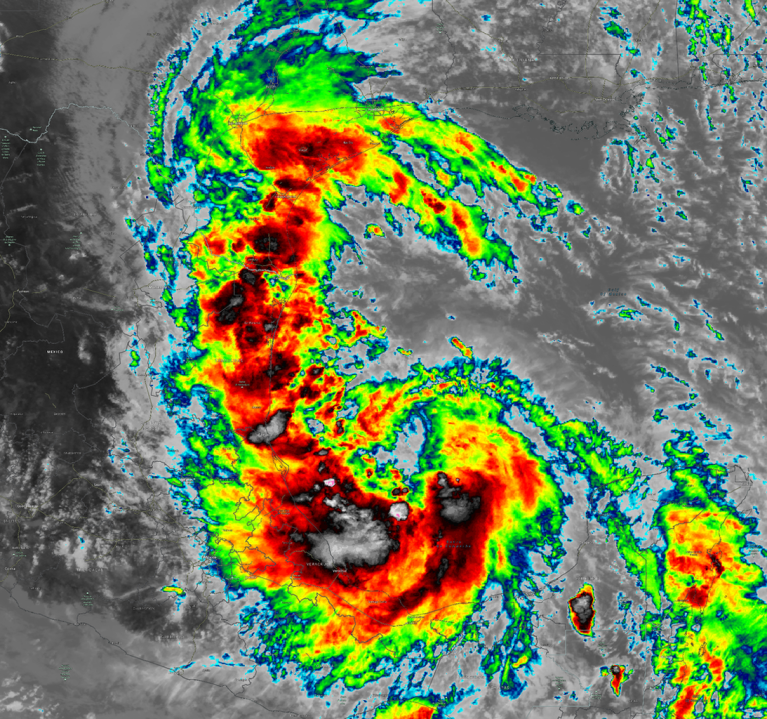
Human and Natural Drivers of Climate Change (1850-2018)
Video Length: 0.33
Search the Resource Database for more videosRecommended Resources
Explore this guiding question with these featured advanced level resources.
Heliophysics Resource Database
Use the guiding question above to explore resources at this level or go directly to our database to search for resources by level, NGSS performance expectation, topic, and mission.
Resource Database